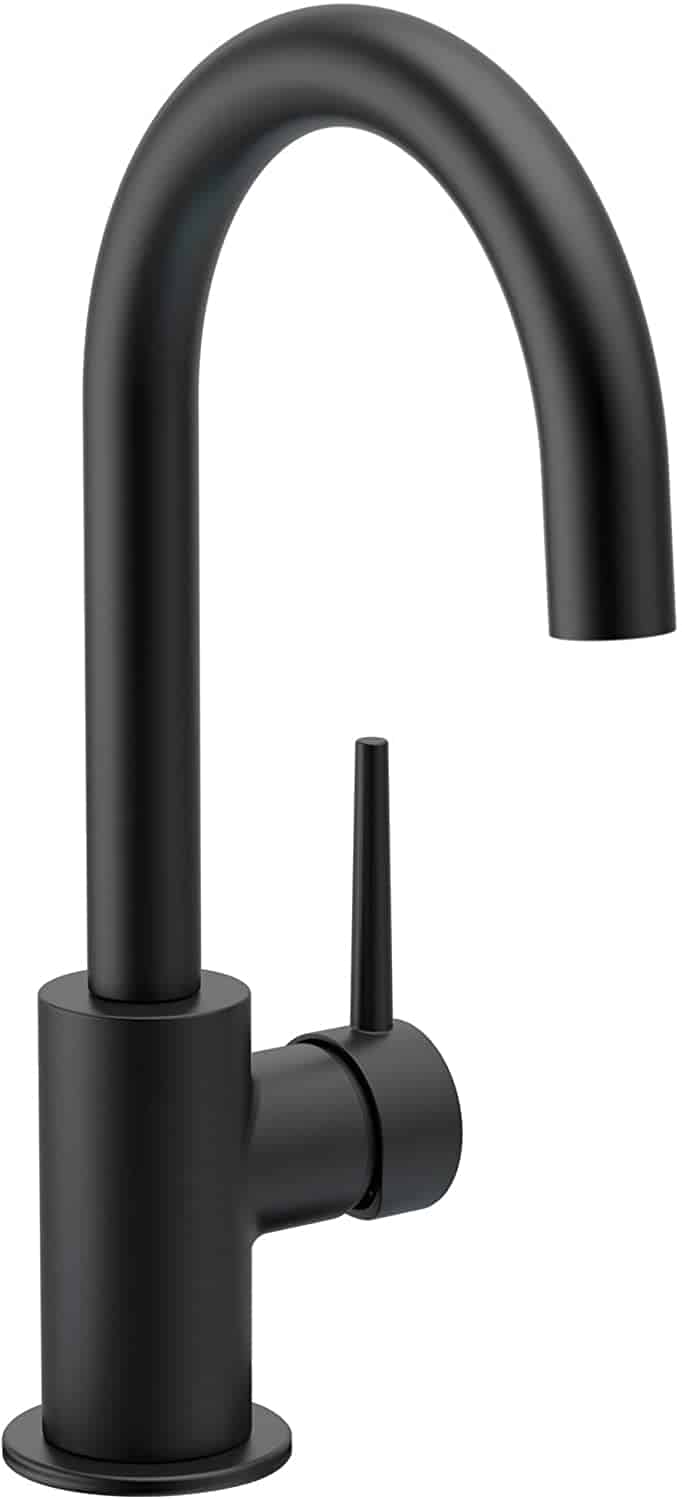Reduce Home Energy Bills: 10 Clever Ways to Save in 2025
So you are looking for ways to reduce home energy bills this year. Maybe you are tired of watching your hard-earned money disappear into thin air – or more accurately, into your energy bills? You’re not alone! The average American household spends a whopping $2,000 annually on energy bills. But here’s the good news: with a few smart changes, you can put a significant dent in those costs. Let’s dive into some clever ways on how to reduce home energy bills and keep more cash in your pocket!
Upgrade to Energy-Efficient Appliances – How to Reduce Energy Bills at Home?
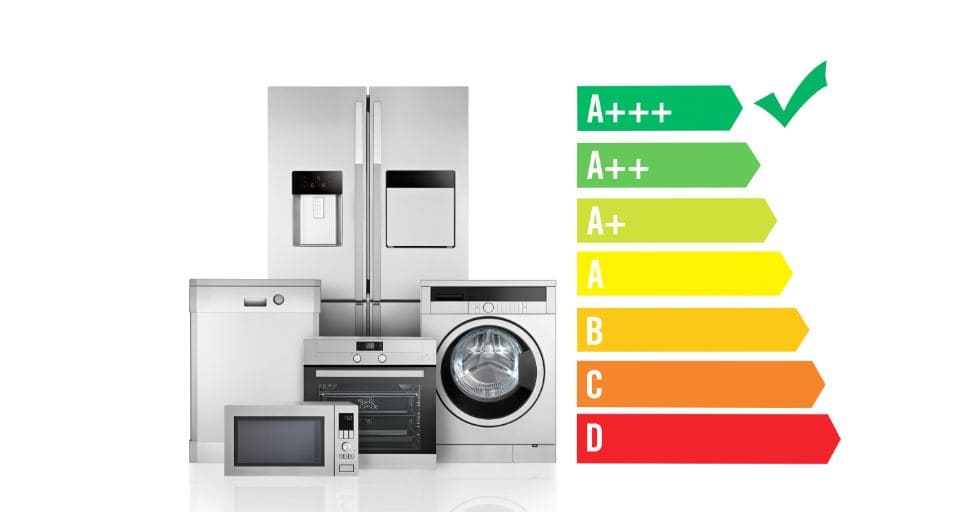
Did you know that appliances account for about 13% of your home’s energy use? That’s a big chunk of your energy bill! But here’s the good news: upgrading to energy-efficient appliances can make a world of difference. Let’s dive into how you can make smart choices that’ll keep your wallet happy and your home running smoothly. Let’s start by saving on energy bills with energy-saving appliances.
Explore ENERGY STAR certified appliances to reduce home energy bills
ENERGY STAR isn’t just a fancy label – it’s your ticket to serious savings! These appliances are the cream of the crop when it comes to energy efficiency. From refrigerators that use 15% less energy than non-certified models to washing machines that can save you up to 25% on energy and water costs, ENERGY STAR appliances are the way to go. Next time you’re in the market for a new appliance, look for that little blue star – it’s like a badge of honor for energy savings!
Related:
Maximizing Profits by Renovating a Rental Property Smartly
Home Addition Ideas to Add More Space
Home Remodeling Mistakes Couples Should Avoid
Calculate potential savings from upgrades to save on electricity
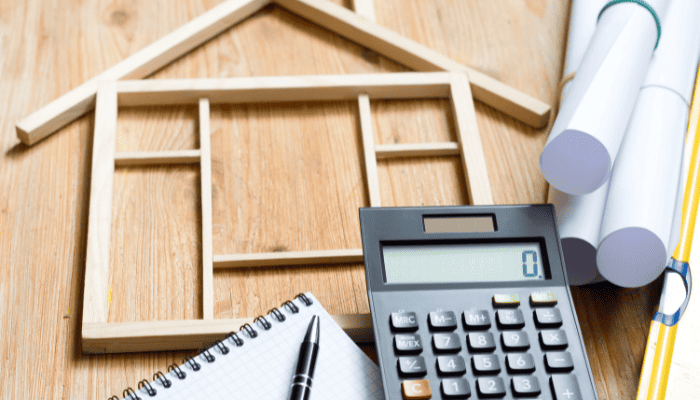
Now, I know what you’re thinking – “Sure, these appliances sound great, but what’s it really going to save me?” Well, let’s crunch some numbers! The ENERGY STAR website has a nifty savings calculator that’ll show you exactly how much you could save by upgrading. For example, switching to an ENERGY STAR certified dishwasher could save you $35 per year on your utility bills. It might not sound like much, but over the lifespan of the appliance, we’re talking hundreds of dollars!
Consider long-term benefits vs. upfront costs to reduce home energy bills
I get it – energy-efficient appliances often come with a higher price tag, and it can be tempting to go for the cheaper option. But here’s where we need to think long-term! That initial investment can pay off big time over the years. Not only will you see lower energy bills month after month, but many energy-efficient appliances also last longer and perform better than their less efficient counterparts. It’s like the tortoise and the hare – slow and steady wins the race when it comes to energy savings!
Optimize Your Home’s Insulation for Saving Money on Energy Bills
“The best time to insulate your home was when it was built. The second best time is now.” This old saying rings especially true when it comes to energy efficiency. Proper insulation is like a cozy sweater for your house – it keeps the warm air in during winter and the cool air in during summer. Let’s roll up our sleeves and dive into the world of insulation!
Identify common areas of heat loss
First things first – we need to find out where your home is losing heat. The usual suspects? Attics, walls, floors, and crawl spaces are often the biggest culprits. But don’t forget about those sneaky drafts around windows and doors! A simple way to check? On a windy day, hold a lit incense stick near potential leak sites. If the smoke wavers, you’ve found a draft. It’s like playing detective, but instead of solving crimes, you’re solving energy waste!
DIY insulation tips for quick improvements
Good news – you don’t need to be a professional to start improving your home’s insulation! There are plenty of DIY projects that can make a big difference. For example, weatherstripping your doors and windows is a quick and easy way to seal up those pesky drafts. Or how about rolling out some extra insulation in your attic? It’s like adding an extra blanket to keep your home cozy. And don’t forget those electrical outlets on exterior walls – insulating foam gaskets can help prevent cold air from sneaking in.
Professional insulation options for maximum efficiency
While DIY projects are great, sometimes you need to call in the big guns. Professional insulation services can access hard-to-reach areas and use specialized equipment for maximum efficiency. They might recommend options like blown-in cellulose for your walls or spray foam for your attic. Yes, it’s an investment, but the payoff can be huge – we’re talking up to 15% savings on heating and cooling costs! We actually did this ourselves with one of our homes, and it saved us about $2,000. But it does take time and getting up in the attic is brutal when it is 100 degrees Fahrenheit outside. But, we were willing to make that sacrifice. A well-insulated home is more comfortable year-round. So when you ask how to reduce home energy costs? Start by making sure your home is well insulated.
Master the Art of Thermostat Management
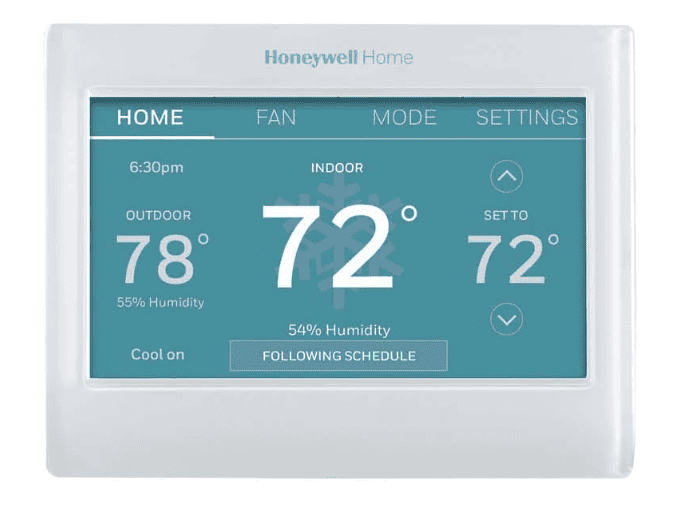
Who knew that a little box on your wall could have such a big impact on your energy bills? Your thermostat is like the conductor of your home’s energy orchestra – when used wisely, it can create a beautiful symphony of comfort and savings. Let’s tune up your thermostat skills!
Related:
Types of Thermostats for Your Home
Ideal temperature settings for different seasons
Finding the sweet spot for your thermostat can feel like a Goldilocks situation – not too hot, not too cold, but just right. In winter, try setting your thermostat to 68°F (20°C) when you’re awake and lower when you’re asleep or away. In summer, aim for 78°F (26°C) when you’re home. For every degree you adjust your thermostat, you could save up to 3% on your heating bill. It’s like finding free money in your couch cushions!
Benefits of programmable and smart thermostats
Welcome to the 21st century of temperature control! Programmable thermostats are like having a personal assistant for your home’s climate. You can set it to automatically adjust the temperature based on your schedule. But smart thermostats? They take it to a whole new level! These clever devices learn your preferences, adjust for weather changes, and can even be controlled from your smartphone. Some studies show that smart thermostats can save you up to 10-12% on heating and 15% on cooling. Now that’s what I call a smart investment!
Tips for zoned heating and cooling
Why heat or cool your entire house when you’re only using a few rooms? That’s where zoned heating and cooling comes in. It’s like having a personalized climate for each area of your home. You can close vents in unused rooms, use space heaters or fans strategically, or even install a zoned HVAC system. This way, you’re not wasting energy on empty spaces. It’s like putting your energy exactly where you need it – no more, no less!
Harness the Power of Natural Light and Ventilation

Did you know that lighting accounts for about 15% of an average home’s electricity use? That’s a significant chunk of your energy bill! But here’s the exciting part: Mother Nature offers free lighting and cooling solutions right outside your window. Let’s explore how to make the most of these natural resources and give you some peace of mind on how to cut down on electric bills.
Strategically use curtains and blinds
Think of your curtains and blinds as your home’s sunglasses. In summer, keep them closed during the day to block out heat, especially on south and west-facing windows. This simple trick can reduce heat gain by up to 33%! In winter, do the opposite – open them wide during sunny days to let that free warmth flood in. It’s like giving your heating system a little vacation. And don’t forget about insulating curtains – they’re great for your windows, keeping the warmth in during chilly nights.
Maximize cross-ventilation techniques
Ever noticed how a gentle breeze can make a hot day feel cooler? That’s the magic of cross-ventilation! Open windows on opposite sides of a room or house to create a natural air flow. It’s like creating your own personal wind tunnel. For an extra boost, use fans to help circulate the air. Did you know that using a ceiling fan can make a room feel up to 4°F cooler? That’s a lot of comfort for very little energy!
Incorporate skylights or solar tubes
Ready to bring a little slice of sky into your home? Skylights and solar tubes are like sunroofs for your house! They can flood your space with natural light, reducing the need for artificial lighting during the day. A well-placed skylight can illuminate up to 30 times more area than a standard window of the same size. Talk about a bright idea! And for those tricky areas where a traditional skylight won’t fit, solar tubes can beam sunlight into even the darkest corners of your home.
Embrace Energy-Efficient Lighting Solutions
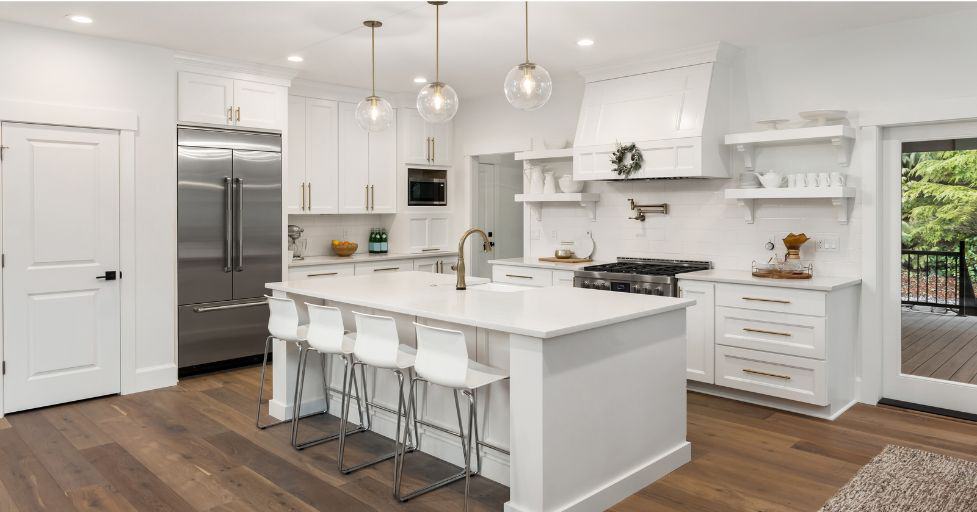
“Edison may have invented the light bulb, but we’ve perfected it!” That’s what I like to tell my friends when we talk about modern lighting solutions. With the right choices, you can dramatically cut your lighting energy use while still keeping your home bright and inviting. Let’s shed some light on these brilliant options!
Switch to LED bulbs throughout your home
We weren’t always a fan of LED bulbs. They were more expensive than regular light bulbs, but some even had half the life span as the incondescent light bulbs. But they have come along ways. We are now on the LED bulb train.
If you haven’t jumped on the LED bandwagon yet, there is no better time than now to reduce your home energy bills. These little powerhouses are getting better and some use up to 90% less energy than traditional incandescent bulbs and last up to 25 times longer.
I know, I know – the upfront cost can be a bit higher. But trust me, your future self will thank you when you’re changing bulbs every five to ten years instead of every few months. Plus, with the money you’ll save on your electric bill, those LEDs will pay for themselves faster than you can say “light-emitting diode”!
Install dimmer switches and motion sensors
Want to reduce electric bills? Try dimmer switches. Because we love light at our home and lots of them, we have several Dimmer switches in most of the rooms in our house. We turn them way down in the afternoons and turn them up when the sun goes down. Dimmer switches are like volume controls for your lights. They not only create ambiance but also save energy when you don’t need full brightness. And motion sensors? They’re like having a responsible teenager in the house who always remembers to turn off the lights (without the attitude). Install motion sensors in low-traffic areas like bathrooms or storage rooms, and watch your energy waste disappear faster than snacks at a party.
Utilize task lighting to reduce overall consumption
Want more tips to lower electric bill? Here’s a bright idea: instead of lighting up the whole room like a football stadium, why not focus the light where you need it? Task lighting is like a spotlight for your activities.
Reading lamp by your favorite armchair, under-cabinet lights in the kitchen, desk lamp in your home office – you get the picture. By illuminating specific areas, you can keep the rest of the room dim and still see perfectly. It’s like having your cake and eating it too – in perfect lighting, of course!
Maintain Your HVAC System for Peak Performance
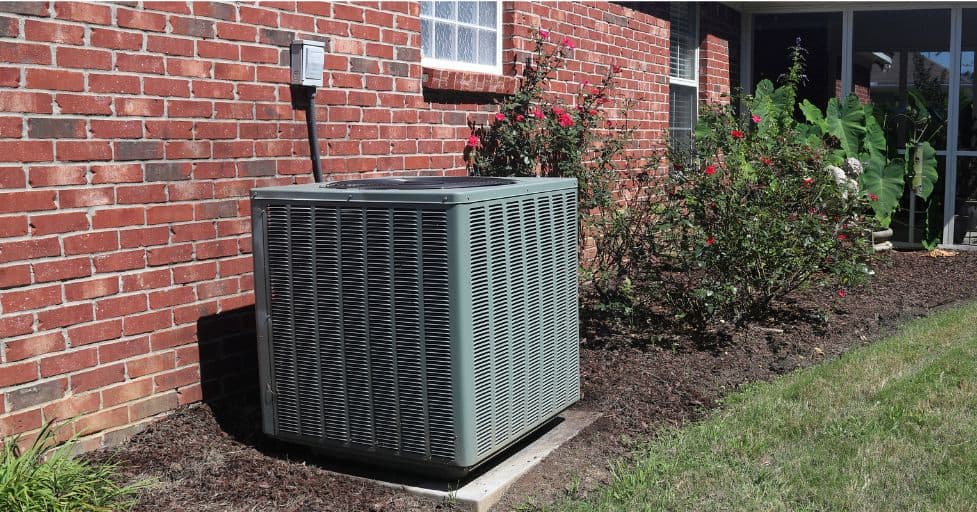
Want more tips on how to save on energy bills? Your HVAC system is like the heart of your home – it keeps everything running smoothly and comfortably. But just like your own heart, it needs regular check-ups and a little TLC to stay in top shape. Let’s dive into how you can keep your HVAC system purring like a well-oiled machine!
Schedule regular professional maintenance
I know, I know – calling in a pro might seem like an unnecessary expense. But think of it this way: would you skip your car’s oil changes? Of course not! Regular HVAC maintenance is just as crucial. A professional can spot potential issues before they become major problems, clean parts you can’t reach, and ensure everything’s running at peak efficiency. Did you know that proper maintenance can improve your system’s efficiency by up to 30%? That’s a lot of saved energy (and money) for a little preventive care!
DIY filter replacement and cleaning tips
Here’s a secret: you don’t need to be a mechanical wizard to take care of your HVAC system. One of the simplest yet most effective things you can do is replace or clean your filters regularly. It’s like giving your system a fresh breath of air! Aim to check your filters monthly and replace them every 1-3 months, depending on usage. A clean filter can lower your air conditioner’s energy consumption by 5-15%. Plus, it’s a great excuse to flex your DIY muscles!
Signs it’s time to upgrade your HVAC system
Is your HVAC system older than your favorite pair of jeans? If it’s over 10-15 years old, it might be time for an upgrade. Watch out for warning signs like strange noises, inconsistent temperatures, or skyrocketing energy bills. Upgrading to a high-efficiency system could save you up to 20% on your heating and cooling costs. Yes, it’s a big investment, but think of it as a long-term relationship with comfort and savings. Your future self will thank you every time a manageable energy bill arrives! Many states offer tax savings when you upgrade your HVAC System.
Leverage Smart Home Technology
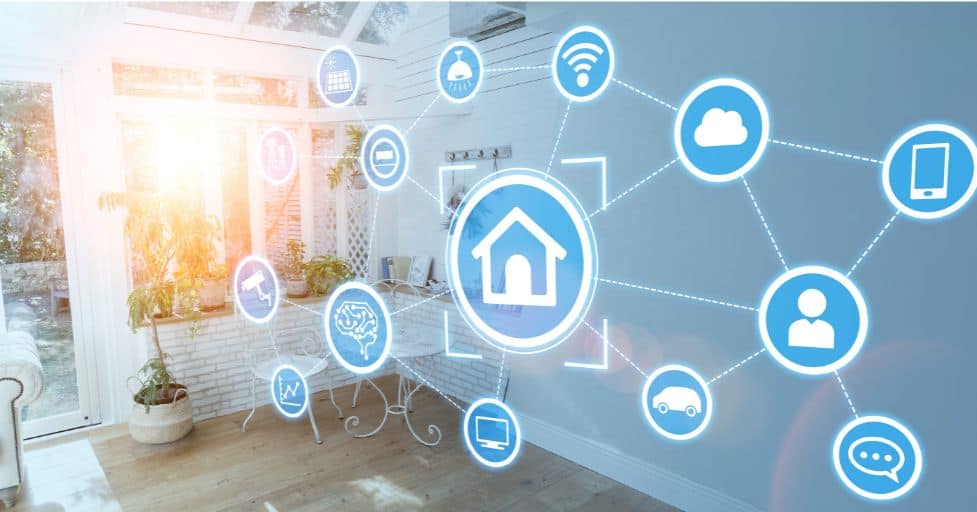
Welcome to the future of home energy management! Smart home tech isn’t just about asking Alexa to play your favorite tunes – it’s a game-changer for energy efficiency. As Bill Gates once said, “The advance of technology is based on making it fit in so that you don’t really even notice it, so it’s part of everyday life.” Let’s explore how we can make energy-saving tech an seamless part of your daily routine.
Explore energy monitoring devices
Another tip on how to save on utility bills? Sometimes it stars with knowing where your energy is going. With energy monitoring devices, now you can! These nifty gadgets are like fitness trackers for your home, giving you real-time data on your energy usage. Knowing where your energy goes is the first step to cutting back. Some users report saving up to 15% on their energy bills just by being more aware. Knowledge really is power – or in this case, power savings!
Implement smart power strips
Did you know that many electronics continue to draw power even when they’re “off”? This sneaky energy drain is called standby power, and it can account for up to 10% of your home’s energy use.
Smart power strips cut off the power supply to devices that are in standby mode. I love using these in my entertainment center and home office. It’s like having a little energy-saving assistant that never sleeps!
Automate energy-saving routines
Imagine if your home could adjust its energy use automatically based on your habits. Well, with smart home automation, it can! From thermostats that learn your schedule to lights that dim when you’re not in the room, the possibilities are endless. My favorite? Setting up a “goodnight” routine that turns off all unnecessary devices and sets the thermostat to my ideal sleeping temperature. It’s like tucking your whole house in for the night!
Adopt Water-Saving Measures to Reduce Home Energy Bills

Water and energy conservation go hand in hand – after all, it takes energy to heat and pump water around your home. The EPA estimates that the average family can save 13,000 gallons of water per year by adopting water-efficient practices. That’s enough to fill a small swimming pool! Let’s dive into some simple ways to turn the tide on water waste.
Install low-flow showerheads and faucet aerators
Here’s a mind-blowing fact: switching to low-flow fixtures can cut your home water consumption by 60%! Low-flow doesn’t mean low-pressure, either. Modern designs use clever engineering to maintain great water pressure while using less H2O. I installed a low-flow showerhead last year, and honestly, I can’t tell the difference – except on my water bill! It’s like having your cake and eating it too, but with water.
Fix leaks and drips promptly to reduce home energy bills
That tiny drip from your kitchen faucet might seem harmless, but did you know it could waste up to 3,000 gallons per year? That’s like flushing your toilet 180 times for no reason! Fixing leaks is often a quick DIY job that can lead to significant savings. I make it a habit to do a “leak check” every few months. It’s like a treasure hunt, but instead of gold, you’re finding water savings!
Consider tankless or solar water heaters to reduce home energy bills
Traditional water heaters are like that friend who’s always running late – they keep hot water waiting around just in case you need it. Tankless heaters, on the other hand, heat water on demand, potentially saving you up to 34% on energy costs.
And solar water heaters? They’re the overachievers of the water heating world, potentially cutting your water heating bills by 50-80%! Yes, the upfront cost is higher, but think of it as an investment in lower bills and a greener future.
Make the Most of Off-Peak Energy Hours

Did you know that electricity prices can vary depending on the time of day? It’s like surge pricing for energy! Understanding and taking advantage of these price fluctuations can lead to substantial savings. Let’s explore how to become a savvy energy consumer and make the grid work for you.
Understand time-of-use pricing from your utility
Time-of-use pricing is like happy hour for electricity – use it during off-peak hours, and you’ll pay less. Many utilities offer this option, with prices typically highest during weekday afternoons and early evenings.
I was amazed to learn that in some areas, off-peak rates can be up to 95% lower than peak rates! It’s worth calling your utility to see if they offer this pricing structure. Knowledge is power, especially when it comes to reducing home energy bills.
Reduce home energy bills by Shifting high-energy activities to off-peak times
Once you know when electricity is cheapest, you can plan your high-energy activities accordingly. It’s like being a time traveler for energy savings!
I’ve started doing laundry and running the dishwasher in the late evening or early morning. Not only do I save money, but I feel like I’m outsmarting the system every time I press ‘start’!
Pro tip: many modern appliances have delay start features, making it easy to shift your energy use without changing your schedule.
Use timers for appliances and devices to reduce home energy bills
Timers are like personal assistants for your appliances. They ensure your devices are only running when you need them, and more importantly, when energy is cheapest. I love smart water heater timers. It’s amazing how much you can save by simply automating your energy use. Plus, there’s something satisfying about knowing your home is working smarter, not harder, even while you sleep!
Explore Renewable Energy Options to Reduce Home Energy Bills

Want to know how to reduce home energy bills or disappear altogether? Renewable energy is no longer the stuff of science fiction – it’s a real, accessible option for many homeowners. As inventor Thomas Edison predicted back in 1931, “I’d put my money on the sun and solar energy.
What a source of power!” Let’s explore how you can harness the power of nature to lower your energy bills and your carbon footprint.
Assess the potential for solar panels to reduce home energy bills
We have solar panels on the roof of our house and haven’t had an electric bill in over 5 years. Solar panels are like personal power plants for your roof. While the upfront cost can be significant, the long-term savings are often substantial.
In fact, the average home solar panel system can save between $10,000 and $30,000 over its lifetime! Plus, with prices dropping and efficiency increasing, there’s never been a better time to consider solar. It’s like planting a money tree on your roof!
Look into community solar programs for reducing the cost of electricity
Don’t have a suitable roof for solar panels? No problem! Community solar programs are like carpooling for clean energy. You subscribe to a share of a larger solar project and receive credits on your electricity bill. It’s a great way to support renewable energy without any installation hassle.
When I learned about this option, I thought, “Why didn’t I know about this sooner?” It’s like getting all the benefits of solar without the commitment of a long-term relationship with your roof!
Consider small-scale wind or geothermal options
Solar isn’t the only renewable game in town. Small-scale wind turbines can be a great option if you live in a windy area with enough space. And geothermal heat pumps? They’re like tapping into the Earth’s own central heating system.
While these options might seem exotic, they’re becoming more mainstream every day. A friend of mine installed a geothermal system and jokes that she’s “stealing heat from the Earth” – in the most eco-friendly way possible, of course!
Conclusion on How to Reduce Home Energy Bills:
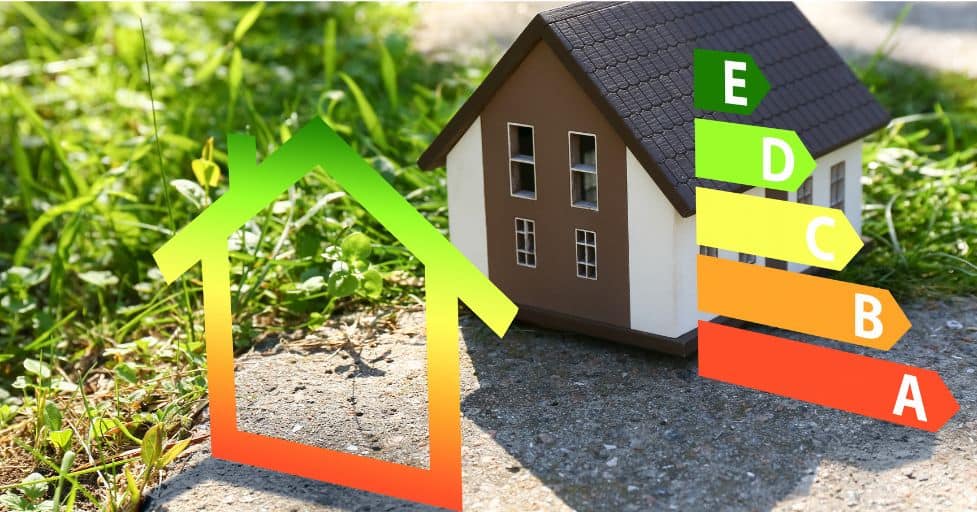
We discussed ways to help reduce home energy bills doesn’t have to be a daunting task. By implementing these smart strategies, you can make a significant impact on your energy consumption and your wallet.
Remember, every small change adds up – from flipping off a light switch to upgrading your appliances. Start with the easiest tips and work your way up to bigger projects.
Before you know it, you’ll be enjoying a more energy-efficient home and celebrating those lower bills! Ready to take control of your energy costs? Pick one tip from this list and start today. Your future self (and your bank account) will thank you!
FAQs on How to Reduce Home Energy Bills
Q: What’s the easiest way to start saving on my energy bill?
A: Start by switching to LED bulbs and unplugging electronics when not in use. These simple changes can cut your energy use right away. Also, remember to turn off lights when you leave a room – it’s free and effective!
Q: How much can I save by adjusting my thermostat?
A: You can save up to 10% a year on heating and cooling by lowering your thermostat 7-10 degrees for 8 hours a day. In summer, set it to 78°F when you’re home and higher when you’re out. In winter, aim for 68°F when you’re awake and lower when sleeping.
Check out our article on Types of thermostats here.
Q: Are smart home devices worth the investment?
A: Yes! Smart thermostats, for example, can save you about 10-12% on heating and 15% on cooling. Smart power strips and light bulbs can also cut energy waste. While there’s an upfront cost, these devices usually pay for themselves within a year or two.
Q: How can I reduce my water heating costs?
A: Lower your water heater temperature to 120°F, use low-flow showerheads, and fix any leaky faucets. These steps can cut water heating costs by 10-15%. Also, consider a tankless water heater for long-term savings.
Q: What’s the best time to run appliances to save money?
A: Run big appliances like washers, dryers, and dishwashers during off-peak hours, typically late evening or early morning. Many utilities offer lower rates during these times. Using the delay start feature on your appliances can make this easier.

